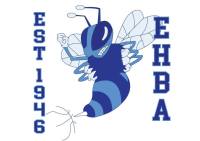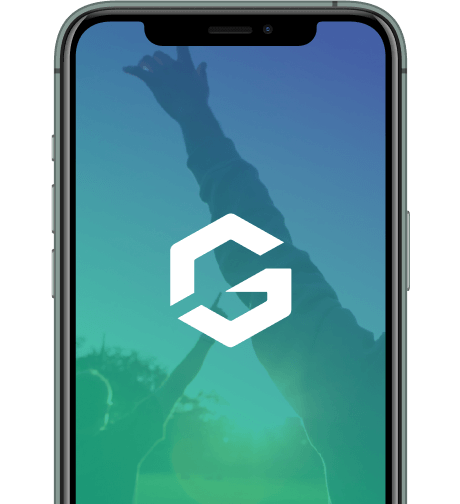Sports hernia

Web Link http://hillsspinalsports.com.au
Sports hernia, also known as athletic pubalgia or Gilmore's groin, is named after Jerry Gilmore who first recognised the condition in 1980 and developed a surgical repair technique for it. Sports hernia is a tear in the muscles of the lower abdomen. It is a medical condition that affects athletes, mainly soccer players, but it may also affect those who play ice hockey, tennis, rugby or run track. Men are more prone to this condition than women.
The hernia is believed to originate from bending over and leaning forward. If hip flexor muscles are tight or strong, they tilt the pelvis forward, stretching the abdominal wall muscles and causing tears in the muscles and tissues. Usually the pain may be felt in the region of the hip adductor muscles (muscles that move the hip inward) and even the testicles, but it may be difficult to pin-point the exact spot. Diagnosis of the condition can be difficult since it may stem from injuries to the lumbar spine, the hip joint, the abdomen or the genitor-urinary system.
Symptoms of sports hernia include:
- Pain during sports, particularly with bending and twisting.
- Stiffness and soreness following sports activity.
- Getting out of bed or out of a car the day following a game may be difficult.
- Pain with coughing or sneezing or anything that exerts pressure on the abdomen.
If surgery has not helped to relieve the condition then physiotherapy may be required.
The goals of rehabilitation will be:
- Reduce pain and inflammation.
- Improve flexibility and condition of the muscles.
- Strengthen the muscles.
- Gradually return the athlete to full fitness.
Resting from competition or strenuous activities is essential to the healing of a sports hernia. Ice may be applied for twenty minutes for the first couple of days, then heat may be more beneficial. Wear a compression pad to retain heat and provide support. Physiotherapy will focus on stretching exercises early in the program as can be tolerated. Stretching should be done at least twice a day, but don't overdo. Strengthening exercises for all muscles will begin when the acute stage is past. As your condition improves you will be given functional activities similar to those you normally perform. We will guide you in grading your activity level so as to make a gradual build up for return to sport. Rehabilitation may last 1 to 2 weeks.










